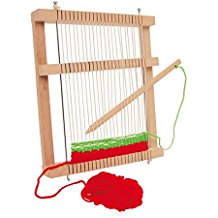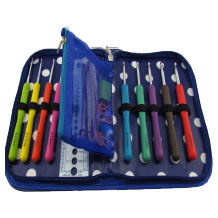Overlocker purchasing advice: how to choose the right product
- The most important facts in a nutshell
- Overlockers combine three operations in one machine: they sew fabrics together, overcast them and cut off the excess seam allowance.
- Overlockers cannot sew in the middle of the fabric, so they are no substitute for conventional sewing machines.
- When deciding what to buy, it is important to know what you want to sew and what types of stitches are needed.
- Colour coding and detailed instructions make it easy to use an Overlocker.
- Regular cleaning is necessary to keep the machine in good working order. Dust, lint and thread remnants can be removed gently with a brush.
Overlockers – a special sewing experience
“Do it yourself” is the latest trend. This includes sewing, which many are discovering as a new hobby. In their search for new methods and means to realise their own ideas, they eventually come across Overlocker sewing machines. But what exactly is it? Does an ambitious hobby sewer really need such a device or is a conventional sewing machine sufficient? An Overlocker is not absolutely necessary, but it does make sewing much easier. Working on the edge of the fabric is much quicker than with an ordinary sewing machine and you get cleaner results.
The areas of application of an Overlocker sewing machine
However, an Overlocker is no substitute for a regular sewing machine: for one thing, it cannot sew in the middle of the fabric, and for another, it lacks stitch types that are essential for sewing projects. For example, you cannot sew bias tape, zips or buttonholes with an Overlocker. It therefore serves more as a supplement to the conventional sewing machine.
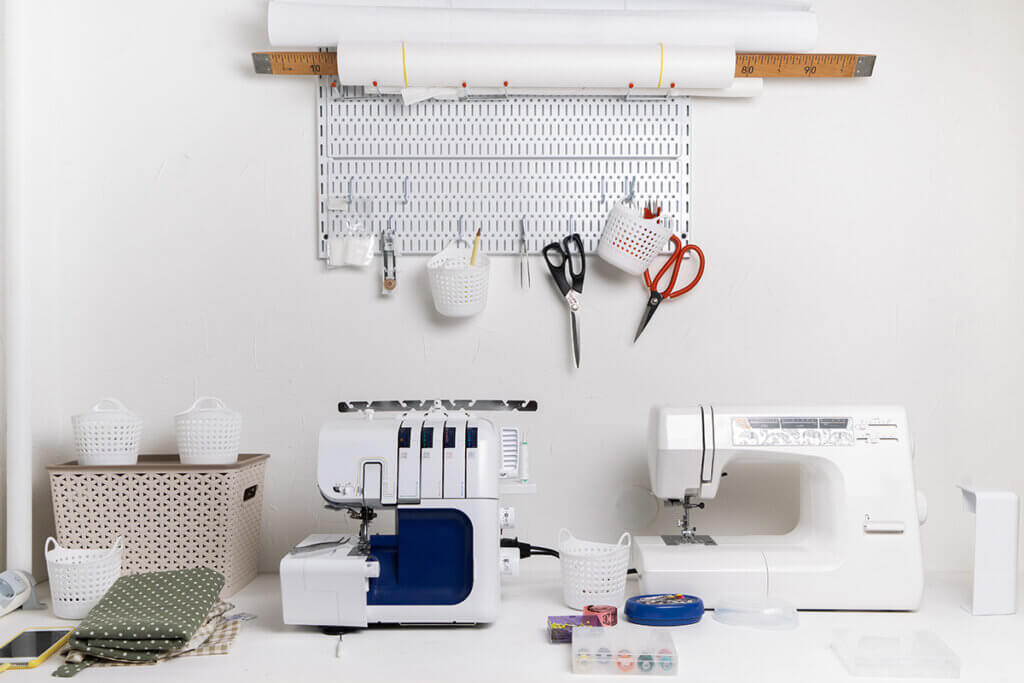
An Overlocker combines three steps in one: it sews fabrics together, serges them and cuts off the excess seam allowance. The result looks very neat and does not fray. Originally, it was used exclusively in the textile industry; in the meantime, quite a few private individuals are enjoying its extended possibilities. The Overlocker is optimised for sewing multiple layers of fabric edges as well as strong and stretchy fabrics. With a regular sewing machine, on the other hand, sewing enthusiasts quickly reach their limits, especially with very stretchy fabrics.
How an Overlocker works
With an Overlocker you can do the following: You serge the edges of a fabric with little to no spandex, cutting off the seam allowance; you sew several layers of fabric together, serge and trim them; or you focus specifically on stretch fabrics. The latter is not only much easier with this machine than with a conventional sewing machine, the higher thread volume also ensures that the seam remains elastic. With many models you can also work on your sewing material without cutting the fabric. This makes it possible to create decorative seams, for example. Woven fabrics, jersey, knitwear, jeans or even corduroy are no problem for an Overlocker.
To cope with these tasks, most Overlockers have a holder for two parallel needles and two hooks. This results in four threads: a top stitch thread, a bottom stitch thread and two needle threads. Depending on the stitch type, up to four threads are sewn at once. The upper looper places loops of thread on the upper side of the fabric and the lower looper on the lower side. The two needles, or rather their threads, fix the loops. In the same operation, the seam allowance is cut off to the right of the presser foot. Despite the misleading names, both loops are on the underside. Some Overlockers even have three needles and work with up to five threads.
To get your Overlocker ready for use, first place the spools of sewing thread on the machine’s spool stand. Thread the yarn through the tension discs. On these you will see small wheels labelled with numbers for adjusting the thread tension. For the Overlocker to work properly, you must use these wheels to accurately adjust the tension of each thread.
To move the fabric along, most Overlockers have a differential feed function that uses two feeders instead of just one. The front one pushes the fabric under the presser foot and the rear one pulls the fabric out again. This method ensures that all types of fabric are transported optimally. Stretch fabrics in particular benefit from this, they can be sewn without warping.
Two small knives cut the edges precisely during sewing before looping. The lower knife is fixed, the upper knife is movable and can sometimes be folded away. If you fold it away, you sew your fabrics together without cutting off the seam allowance.
The advantages and disadvantages of an Overlocker
An Overlocker offers many advantages. With it you can create stable and professional seams very quickly. Because sewing, serging and cutting the seam allowance happen at the same time, the sewers save a lot of time. With a conventional sewing machine, these are all individual steps. Challenging fabrics that are very difficult to sew with a conventional sewing machine can be sewn easily with an overlock. Sewing several layers of fabric together – even heavy fabrics – is also possible. Messy seams that may have occurred with the use of a regular machine can be mended.
Unlike other types of sewing machines, an Overlocker cannot sew in the middle of the fabric. Due to its limited number of stitches, many sewing functions of a regular sewing machine do not work with an Overlocker: there are no suitable stitches for hem tapes, zips or buttonholes.
Handling Overlockers is very complicated at first. Corners and curves in particular require some practice. However, with instructions – for example from the manufacturers themselves or on YouTube – the steps can be easily memorised.
Advantages
- Tear-resistant seams at a professional level
- Time saving
- Also suitable for demanding fabrics
- Sewing of multiple layers of fabric
- Mending existing seams
Disadvantages
- No sewing in the middle of the fabric
- Many sewing functions like buttonholes not possible
- More complicated to use
- Corners and curves are more difficult to work with
Another option: the Overlocker coverlock sewing machine.
Overlock and Coverlock sewing machines are very similar: both are special sewing machines that seam fabrics. However, unlike an Overlocker, a Coverlocker does not cut. It therefore also sews in the middle of the fabric, which makes it well suited for various decorative seams. Both machines have their place in the home sewing room; there is also the option of buying a combination machine that can be converted as desired. Whether the conversion is done in seconds or takes a quarter of an hour depends on the manufacturer and model.
Important stitches with an overlocker
An Overlocker sewing machine allows special types of stitches with two to four threads, sometimes five, which are suitable for different fabrics and sewing techniques. Broadly speaking, you will find variations of the so-called overlock seam, the flat seam as well as the rolled hem in most machines.
A 2-thread overlock stitch sews fine or sheer fabrics and is sewn with a needle and the lower looper. With a 3-thread overlock stitch you can finish the edges of all types of fabric. This stitch can also be used on thick fabrics, for which you can use the second looper.
The 3-thread super stretch is a variation of the 3-thread overlock stitch that is particularly suitable for stretch fabrics. It makes sewing swimwear and sportswear easier.
The 4-thread overlock stitch represents a safety seam and uses both looper and needles for this purpose. This stitch is suitable for any type of fabric in any weight and is therefore the most common.
The flatlock stitch is used with two or more threads, depending on the fabric, and the seams are pulled apart flat at the end. The 3-thread flatlock stitch is done with both loops. This stitch is largely used for decorative edge finishes on woven fabrics. Use the 2-thread flat seam for highly elastic fabrics.
With a rolled hem you sew the cut edges so that they curl up. To do this, sew with the right needle and both loops. The thin fabric curls because it is overstretched during the sewing process. Overlockers largely implement this stitch with three threads; for particularly fine materials, some machines also offer a two-thread option.
A five-thread Overlocker offers the widest range of stitches, but is also more expensive than four-thread models. For most sewing projects, a four-thread system is perfectly adequate. With five threads, a 5-thread safety seam, for example, can be sewn, making jeans particularly hard-wearing.
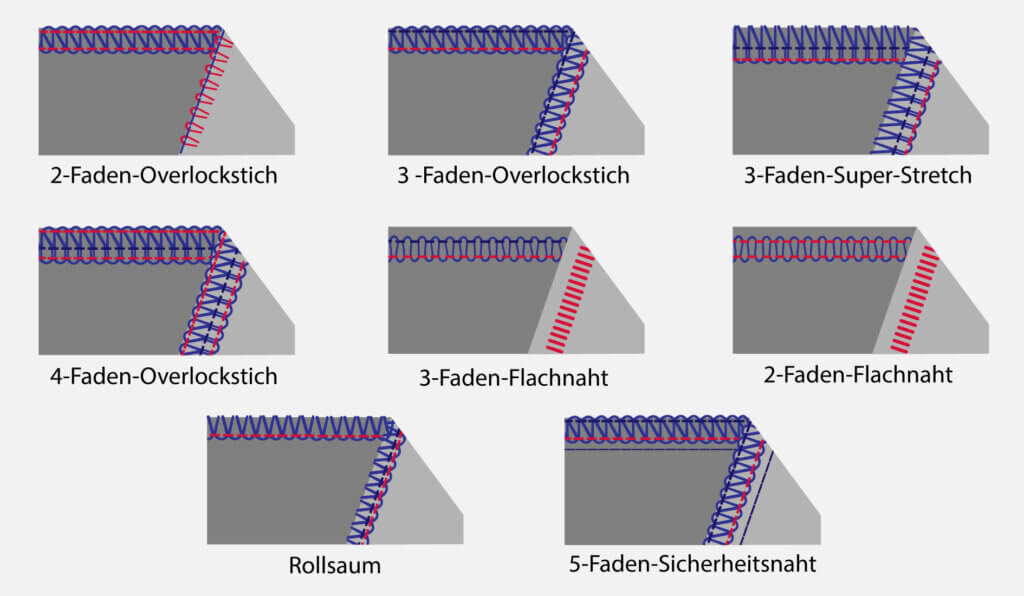
What should I look for when buying?
Every Overlocker sewing machine works in a similar way; the differences are mainly in the features and comfort. Convenience refers to functions such as automatic threading, which simplify handling.
The number of threads and types of stitches
When buying an Overlocker, the number of threads is also important. The machines work with either four or five threads. On a machine with five threads, you have more different types of stitches available than on one with four threads.
So think carefully about what you want to sew and which stitch types really make sense for your projects. A 5-thread system has the most possibilities, but if you use only a few of them, you will have spent a lot of money unnecessarily. Beginners in particular need to learn how to use an overlock before they start to explore the advanced possibilities of such a system. Most sewing projects can be done with a 4-thread system; however, it makes sense to take a close look at the possible stitch types of the devices and compare them with your individual requirements.
Sensible equipment
A differential feed is especially helpful with fine or stretch fabrics: it prevents fine materials from puckering or stretch fabrics from curling – unless you want to create this effect intentionally. A top blade that can be folded away or removed is useful when the fabric is not to be cut.
The automatic threading system is not absolutely necessary. Anyone who has threaded the threads into the machine by hand a few times will quickly get used to the process. If you are unsure, it helps to look at the instructions, either directly from the manufacturer or from the internet. An automatic thread tensioner, on the other hand, is recommended, as you would have to set the thread tension of each thread separately. Decide for yourself whether the extra cost is worth it or whether manual adjustment instructions are the better choice. In addition, some manufacturers often make threading and thread tension easier by colour coding. Another decisive factor for the purchase is how comprehensible the operating instructions and the labelling of the machine are.
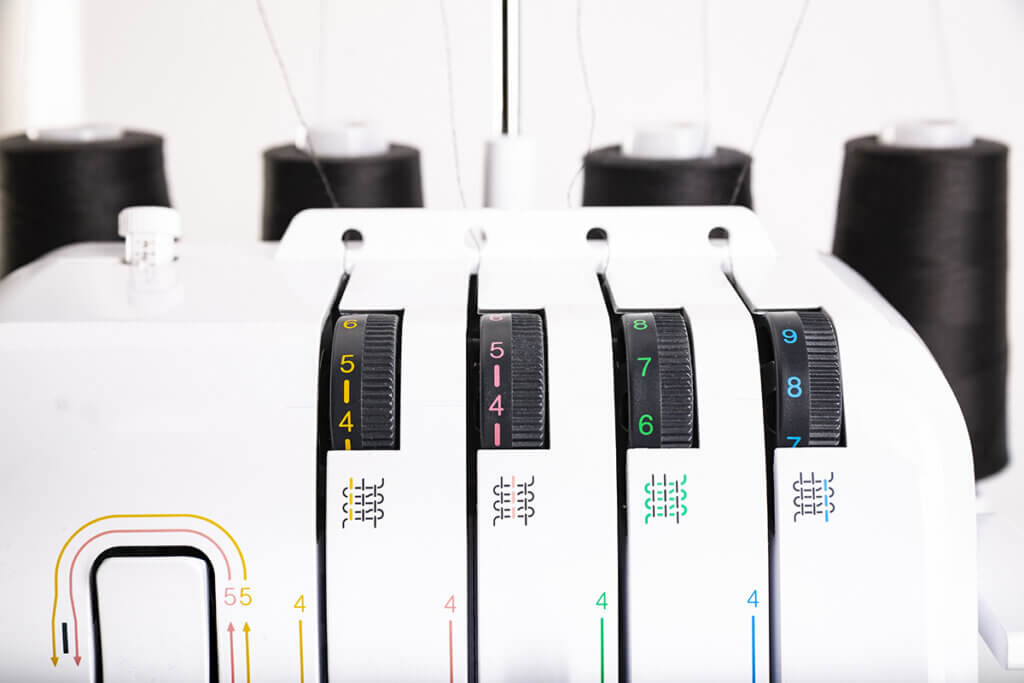
A tip
Overlockers often come to you pre-threaded. Take one or more photos of the machine in its factory state. This serves as an orientation if you want to thread your machine yourself later.
Some Overlockers not only weigh a lot, but also take up a lot of space. So make sure you have enough space for the model you want. It is advisable to measure the space at your sewing location when making your choice.
In addition to various sewing feet, some overlockers also come with tools, feed tables and special oil. Some overlockers also have an integrated fabric catcher for the cut fabric. This keeps the work surface clean. Accessories such as a brush and a fabric collector make cleaning much easier. A cover for the Overlocker to protect it from dust should not be missing either. A needle set makes it easier to replace the needles. When it comes to the scope of delivery, weigh up what you really need for your sewing projects. For example, if you do not intend to work with sequins, a sequin foot is not worthwhile.
If you are considering an Overlock-Coverlock sewing machine, ask yourself whether both functions are really necessary and whether you prefer a combination unit or two separate sewing machines. Whether you have room for two machines is an important criterion when choosing. Since a combination machine often requires conversion, this should be as uncomplicated as possible.
How much does an Overlocker cost?
A simple Overlocker is available for as little as 200 euros. Although inexpensive models also sew reliably, a higher-priced model is necessary for conveniences such as automatic threading or a larger selection of stitches.
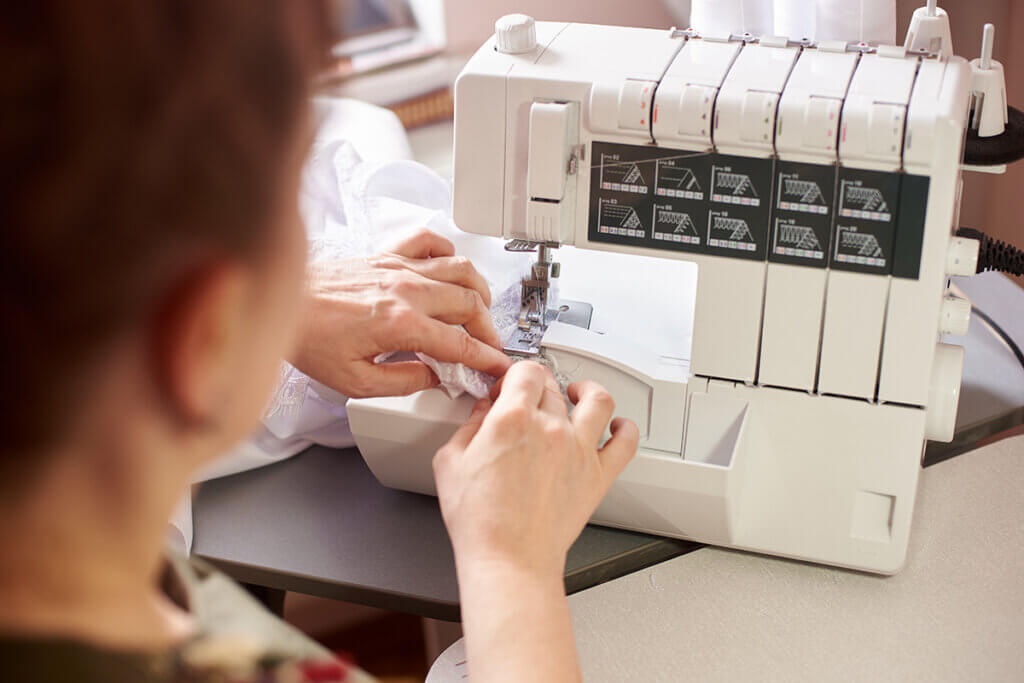
Babylock, a manufacturer of high-priced Overlockers, for example, uses a so-called Jet-Air threading system. Closed looper channels in combination with air pressure enable trouble-free automatic threading: you only have to insert the thread into the designated looper channel and press the lever.
This means: the more comfort or possibilities, the more expensive the devices. Luxury models usually cost more than 1,000 euros. However, you can also get high-quality models for much less money: a machine for 400 to 600 euros is perfectly adequate.
Whether cheap or expensive: The legal warranty applies to every Overlocker. Within two years from the date of purchase, the manufacturer is obliged to remedy any defects in the machine. In addition, many brands advertise generous guarantees. Brother, for example, offers a three-year warranty, and W6 Overlock even offers a ten-year warranty.
The right care
To ensure a long life, you need to take good care of your Overlocker. Ideally, you should cover your machine or store it in a carrying case to protect it from dust. For cleaning, which should ideally be done regularly, dismantle the spool holder, presser foot, thread, bobbin and needle. Then disassemble the hooks and clean all the components. The crevices of the machine can be cleaned with a fine brush. The hook path and bobbin area are best cleaned with a soft, lint-free cloth or cotton swab. The instructions for use will tell you whether or how often the machine should be oiled. Dull needles or knives must be replaced.

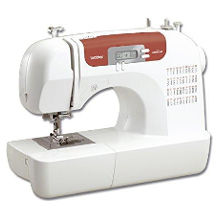
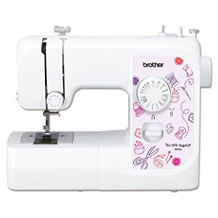
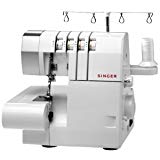
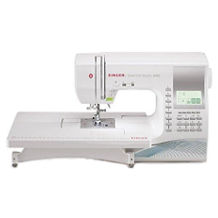
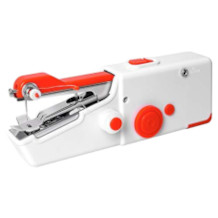
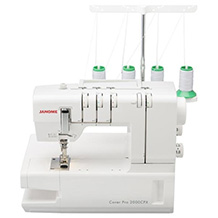
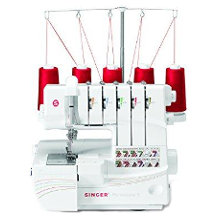
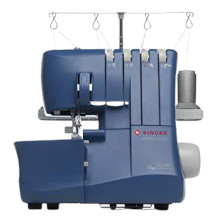
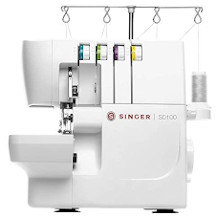
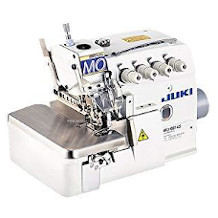
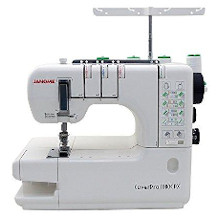
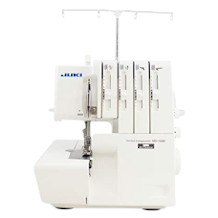
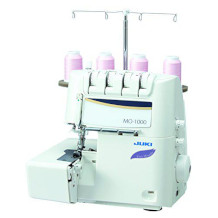

 1,183 reviews
1,183 reviews
